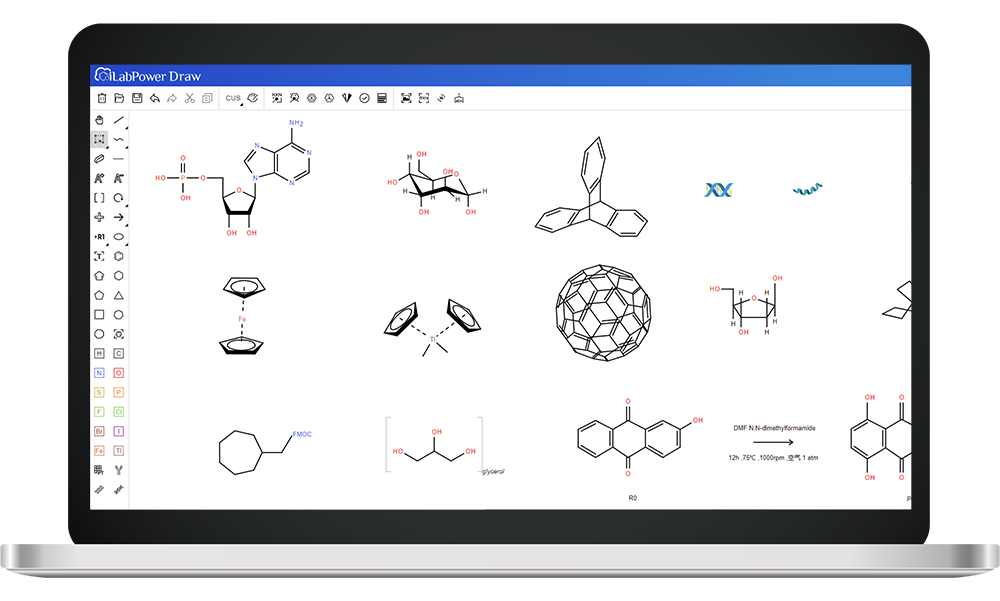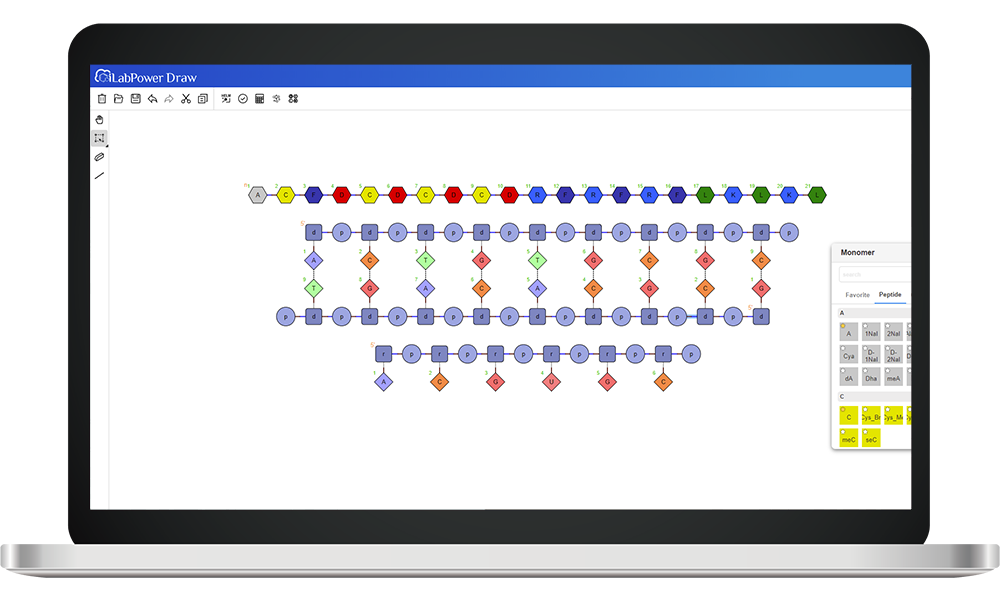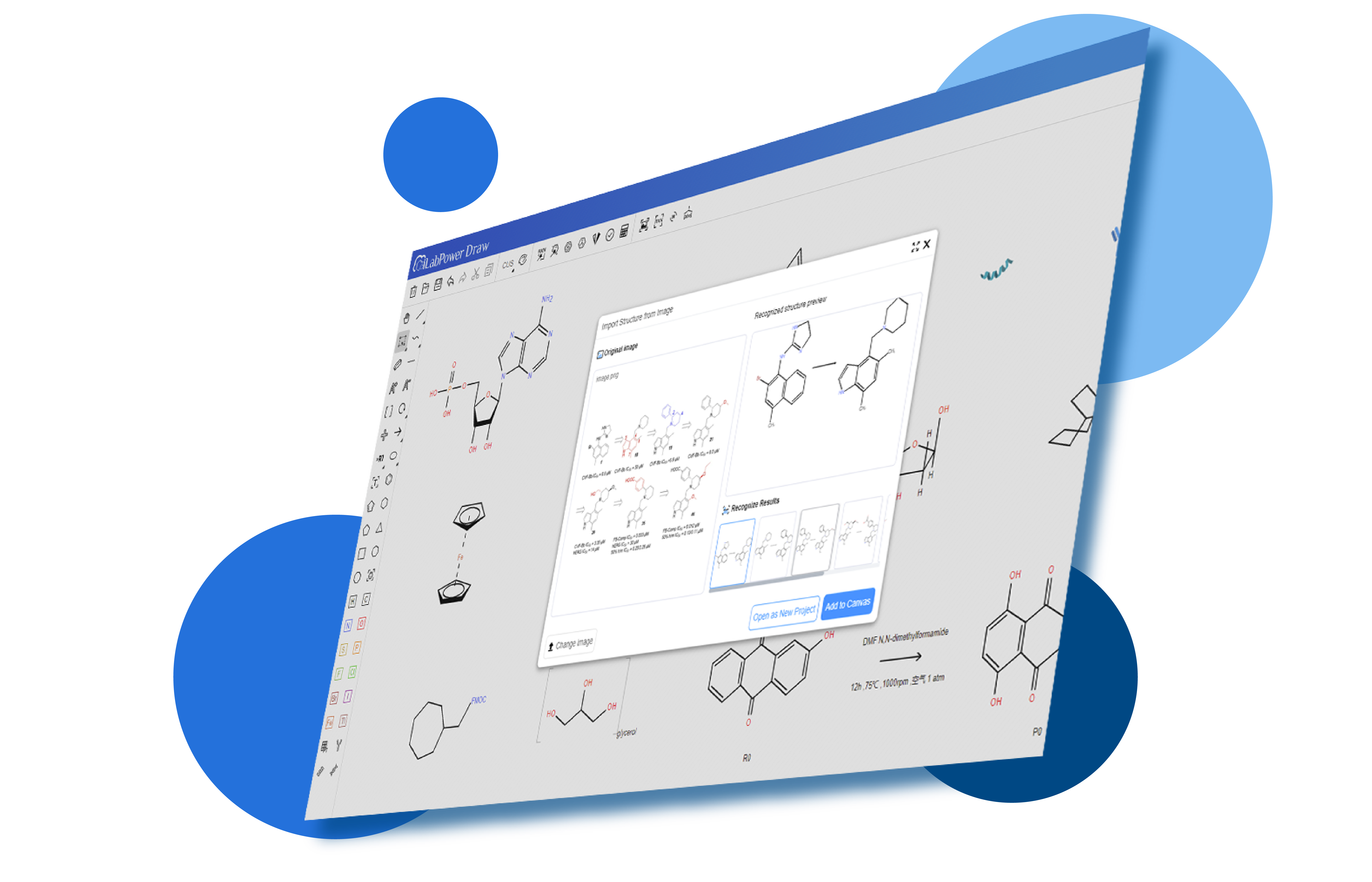
In an era where over 90% of the world’s data is generated in just two years, the integration of Optical Chemical Structure Recognition (OCSR) technology into legal frameworks has become increasingly critical. This innovative approach not only enhances chemical structure identification but also poses unique challenges and opportunities within regulatory environments.
Understanding Optical Chemical Structure Recognition and Its Legal Frameworks

Optical Chemical Structure Recognition (OCSR) represents a transformative advancement in the field of cheminformatics, enabling rapid analysis and interpretation of chemical structures through optical means. The legal attributes associated with OCSR are multifaceted, encompassing intellectual property rights, compliance with safety regulations, and adherence to data protection laws. Furthermore, its implications for Internal Controls and Risk Management cannot be overlooked; organizations must ensure that their use of OCSR aligns with existing regulatory standards while mitigating potential risks related to data integrity and security.
The Role of Cloud ELN in Internal Controls and Risk Management
Cloud Electronic Lab Notebooks (ELNs) play a pivotal role in enhancing Internal Controls and Risk Management when integrated with OCSR technologies. These platforms facilitate real-time collaboration among researchers while ensuring that all entries are timestamped for accountability. Additionally, cloud elns often incorporate advanced encryption methods to protect sensitive information from unauthorized access or breaches. By providing audit trails that document every change made within the system, they significantly bolster compliance efforts by allowing organizations to demonstrate adherence to regulatory requirements effectively.
Key Features of Neotrident in Internal Controls and Risk Management
Neotrident offers several distinctive features that enhance its effectiveness in managing internal controls alongside risk management:
- User Authentication: Robust user authentication protocols ensure that only authorized personnel can access sensitive chemical data.
- Audit Trails: Comprehensive logging capabilities track changes made within the system, facilitating transparency during audits.
- Error Reduction Mechanisms: Automated checks reduce human error during data entry processes related to chemical structures.
- SOP Compliance Tools: Built-in tools assist users in adhering strictly to Standard Operating Procedures (SOPs), minimizing deviations from established practices.
- Crisis Response Protocols: Predefined response strategies help organizations swiftly address any identified risks or compliance issues arising from OCSR usage.
A Conclusion on Optical Chemical Structure Recognition’s Impact on Internal Controls and Risk Management
The integration of Optical Chemical Structure Recognition into laboratory practices necessitates a thorough understanding of its legal implications as well as robust internal controls for effective risk management. As we navigate this evolving landscape marked by technological advancements like cloud ELNs and solutions such as Neotrident, it becomes imperative for organizations to prioritize compliance while leveraging these innovations responsibly. Ultimately, embracing these technologies will not only streamline operations but also fortify our commitment to maintaining high standards within regulated environments.
